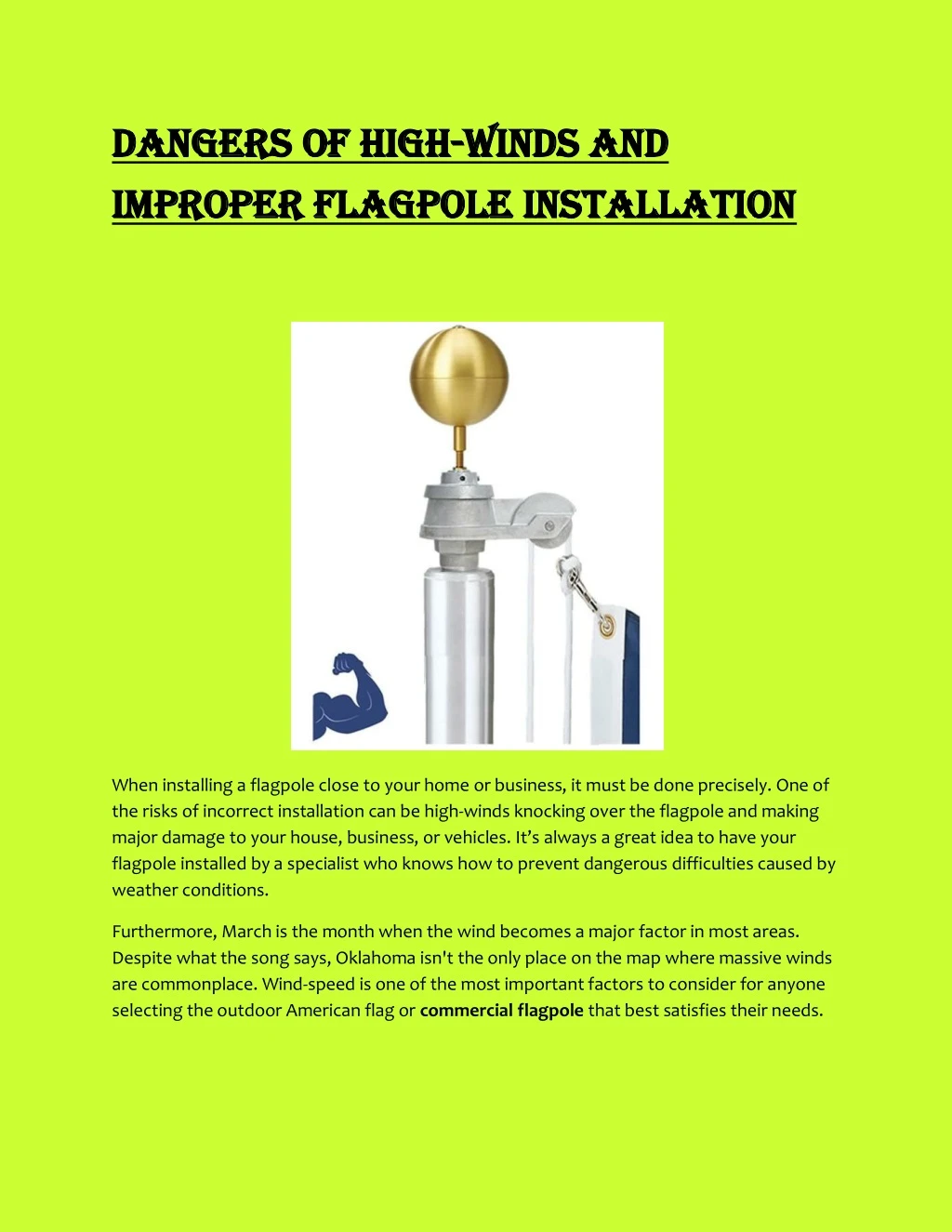Understanding The Dangers Of High Winds In Fast-Moving Storms

Table of Contents
The Sheer Power of High Winds in Fast-Moving Storms
Fast-moving storms, such as derechos and severe thunderstorms, generate incredibly powerful high winds due to significant atmospheric pressure differences and wind shear. These winds are far more destructive than steady, sustained winds because of their sudden onset and unpredictable nature. The physics behind this destructive force involves the rapid movement of air masses, creating intense pressure gradients that translate into exceptionally high wind speeds.
- Wind speeds exceeding 75 mph (120 kph) can cause significant structural damage, ripping roofs off buildings and shattering windows.
- Flying debris, such as signs, tree branches, and even entire structures, poses a major threat to life and property. These projectiles can cause serious injuries or fatalities.
- Fast-moving storms often create unpredictable wind patterns, making it difficult to anticipate the exact location and intensity of the strongest gusts. This unpredictability increases the risk of damage and injury.
- Microbursts and downbursts, localized columns of descending air, can cause extremely high winds within a small area, leading to concentrated damage and making accurate forecasting even more challenging. These intense localized wind events are particularly dangerous.
Types of Damage Caused by High Winds
The damage inflicted by high winds in fast-moving storms is extensive and varied, impacting nearly every aspect of our built and natural environment.
- Structural damage to buildings and infrastructure is a primary concern. High winds can rip off roofs, shatter windows, damage siding, and even collapse entire structures. Downed power lines pose an additional electrocution hazard.
- Damage to trees and vegetation is widespread. Uprooted trees, broken branches, and damaged foliage are common consequences. Falling trees can cause further damage to property and injure people.
- Damage to vehicles ranges from broken windows and minor dents to completely overturned cars. High winds can easily push vehicles off the road, creating dangerous situations.
- Injuries and fatalities are sadly a common outcome. Flying debris, collapsing structures, and overturned vehicles all contribute to a significant risk of serious injury or death.
Preparing for High Winds Associated with Fast-Moving Storms
Proactive preparation is key to mitigating the risks associated with high winds in fast-moving storms. Taking the necessary steps can significantly reduce the potential for damage and injury.
- Develop an emergency plan and communication strategy. Establish a meeting place for your family, identify emergency contacts, and create a communication plan in case phone lines are down.
- Secure loose objects around your property. Bring in anything that could become airborne – patio furniture, garbage cans, outdoor decorations, etc.
- Trim trees and shrubs near your home. Overgrown vegetation can easily be damaged and cause further harm to your property if it falls.
- Stock up on emergency supplies. This includes food, water, a first-aid kit, flashlights, batteries, and a battery-powered radio.
- Know your local warning systems. Pay close attention to weather alerts and be prepared to act quickly when a warning is issued. A NOAA weather radio is an invaluable tool.
Protecting Your Home from High Winds
Strengthening your home's structure can significantly improve its resistance to high winds.
- Reinforce your roof and windows. Ensure your roof is properly secured and consider impact-resistant windows.
- Install storm shutters or board up windows. This will protect your windows from shattering and reduce the risk of wind damage.
- Secure garage doors. Garage doors are often vulnerable to high winds, so ensure they are properly secured or reinforced.
- Consider a generator for power outages. Power outages are common during storms, and a generator can provide essential power for lighting, heating, and other necessities.
Staying Safe During High Winds in a Fast-Moving Storm
During a fast-moving storm with high winds, your safety is paramount.
- Stay indoors in a safe room. The safest place is usually a basement, interior room, or closet away from windows.
- Stay away from windows. Avoid windows and glass doors as they are prone to breaking during high winds.
- Monitor weather reports and heed all warnings. Stay informed about the storm's progress and follow any evacuation orders.
- Be prepared for power outages and potential communication disruptions. Have backup lighting and communication methods ready.
- Know evacuation routes if necessary. Familiarize yourself with your local evacuation routes and have a plan in place.
Conclusion
High winds in fast-moving storms pose a significant threat to life and property. The sheer power of these winds, coupled with the unpredictability of the storms, makes preparedness crucial. By understanding the dangers and following the safety precautions outlined above, you can significantly reduce your risk and protect yourself and your loved ones. Don't wait until the next high winds fast-moving storm hits – prepare today! Invest in home protection measures, create a thorough emergency plan, and stay informed about weather forecasts. Your safety depends on it.

Featured Posts
-
 Clean Energy Under Siege A Growing Threat To A Booming Industry
May 20, 2025
Clean Energy Under Siege A Growing Threat To A Booming Industry
May 20, 2025 -
 Amazons 2025 Spring Sale Deep Discounts On Hugo Boss Perfumes
May 20, 2025
Amazons 2025 Spring Sale Deep Discounts On Hugo Boss Perfumes
May 20, 2025 -
 Abc News Show Cancellation Possible Amid Company Wide Cuts
May 20, 2025
Abc News Show Cancellation Possible Amid Company Wide Cuts
May 20, 2025 -
 L Intelligence Artificielle Au Service De L Ecriture Policiere Methode Agatha Christie
May 20, 2025
L Intelligence Artificielle Au Service De L Ecriture Policiere Methode Agatha Christie
May 20, 2025 -
 Nyt Mini Crossword Answer Key May 9 2024
May 20, 2025
Nyt Mini Crossword Answer Key May 9 2024
May 20, 2025
